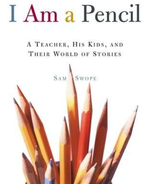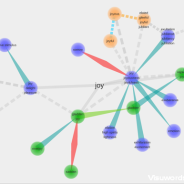Walking to Find a Poem
Inspiration in Motion? Something about the new year, I find myself thinking more about writing ideas again—and how reading can spark writing. And, well, how exercise and movement of all sorts might spark writing. This particular idea is one I went looking for in Susan Wooldridge’s Poemcrazy after I’d been doing all this reading on how exercise can foster neurogenesis and how these new brain cells we make need somewhere to go. The notion is that the new cells need a brain circuit to join—or sometimes they just might fade away. So, a poem then as the new circuit? The walking creates new brain cells—we begin to see anew—and a poem emerges? Here is an excerpt from Ms. Wooldridge’s first chapter, “Outlaw on a Poem Walk.” For me, poetry is related to walking. Words and images fill me when I wander somewhere alone. Writer Bruce Chatwin lived with nomads and believed inspiration, as well as true rest, could best be found in motion. Sometimes I wish I could walk forever, jotting down notes and words. And the bridge at One Mile is a perfect spot to begin. Poems don’t normally have much to do with intention for me. They’re more likely to come unexpectedly in a place like this. Since it’s past Labor Day the dam is slanted low and the park’s huge swimming pool is shallow. Upstream a small girl wades with her mother. The mom’s red shirt is reflected like a scarlet lily pad floating in front of her. The two waddle in deeper, wetting their clothes. Now the mother swirls her girl through the water as if she were a minnow on a fishing line. Motion. The poet walking. The mother and her child waddling. The mother swirling her girl through the water. All that motion. The beginnings of a poem? A way to begin writing again when the writing has stalled? New cells, new circuits, new...
read more

